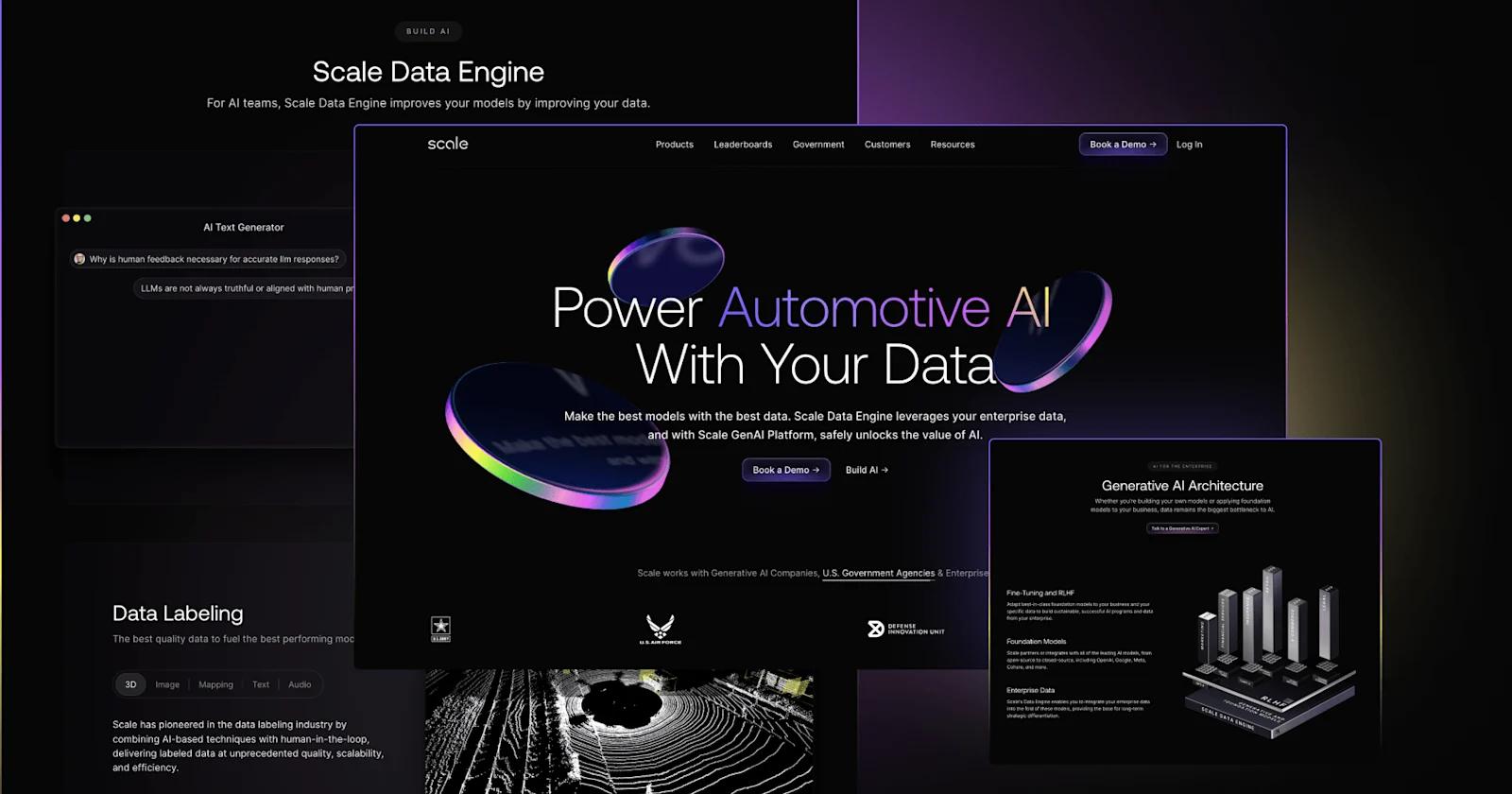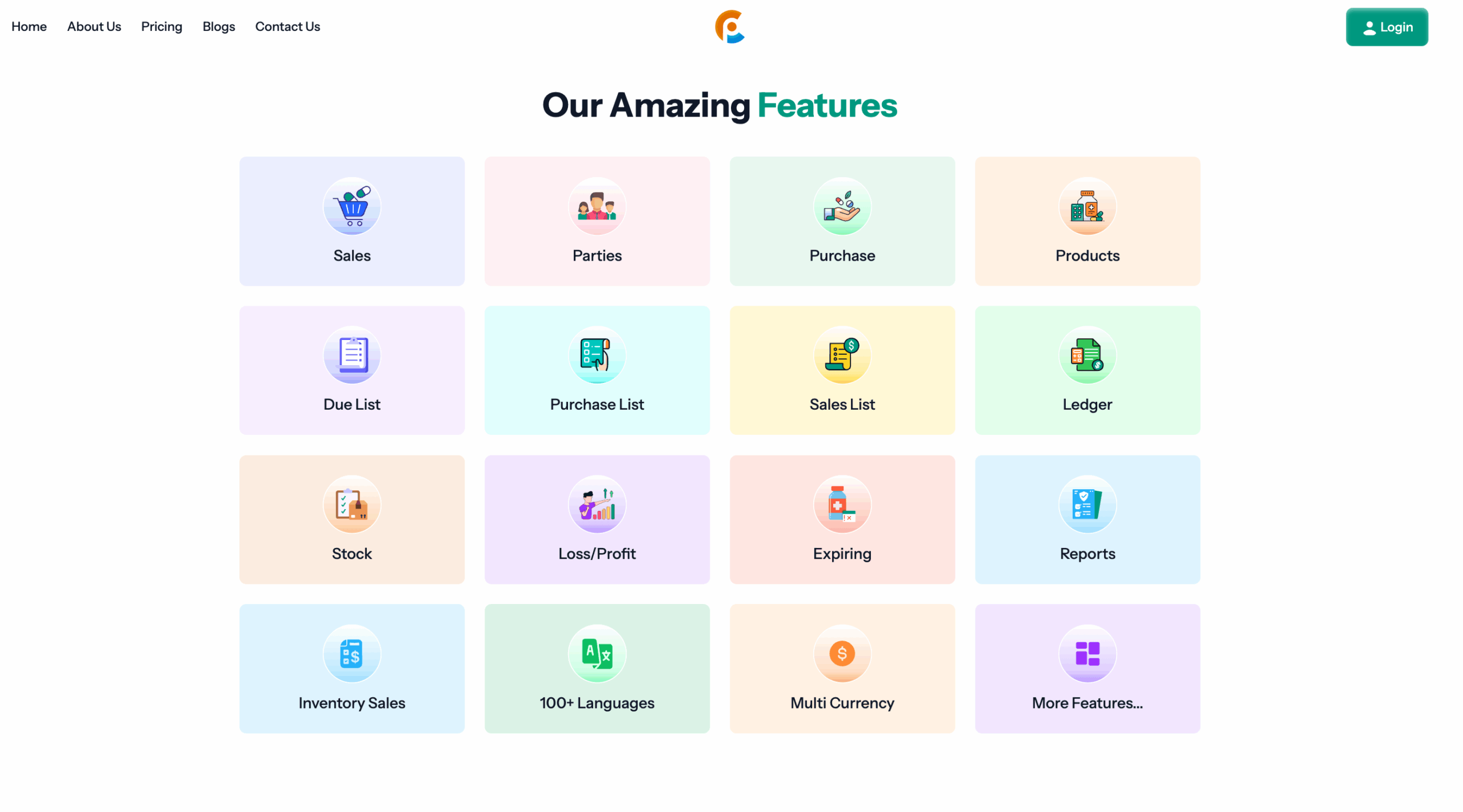In our fast-paced online marketing world, businesses can place a larger emphasis on lead generation. While important, lead generation alone often does not describe the difference between turning prospects into customers.
Understanding leads fully is one thing; making lead generation specific, these leads can assist marketers in designing individualized campaigns, increasing engagement, and ultimately increasing sales.
What is Reading Leads?
Reading leads is more than just collecting names and email addresses or tracking clicks. Reading leads involves considering the behavior, interests, and intent of potential customers. By reading leads, digital marketers can understand:
- Demographics: Potential buyers’ age, location, occupation, and other personal characteristics that can impact a buyer’s decision-making.
- Behavioral Patterns: The potential buyer’s online behaviors from your website, social media engagement, email interactions, and almost every cue from previous purchases.
- Intent Signals: Any number of actions will indicate a lead’s readiness to buy. For example, returning to your website and closely reviewing product page details or downloading a price sheet elevates a lead’s readiness to buy.
In short, reading leads allows a digital marketer to become more engaged in telling the story behind each lead or prospect; from this, a more specific marketing strategy can develop.

1. Customization for Marketing Campaigns
One of the best things about reading leads is that the marketing message can be customized directly. Leads usually have varying interests as well as pain points. Generic marketing strategies usually don’t work very well when working with prospects. By assessing leads, you can sort them by interests, behavior, as well as their buying journey stage.
As an example, the lead who frequented your blog content for “digital trends in marketing” might also respond well to a program providing the latest marketing strategies via an e-mail marketing campaign referencing their interests. Customizable content not only drives better engagement, but it also helps build loyalty to a brand.
2. Higher Conversion Rates
Digital marketers ultimately want to convert leads to customers. By first reading leads, you can safely assume that your team is trying to target prospects that are most likely to buy. By understanding where a lead is in the sales funnel (i.e., they’ve discovered your brand, they are considering a purchase), marketers can supply the appropriate content at the appropriate time.
This method produces significantly higher conversion rates, as you are marketing to the right people, with the appropriate message, versus casting a wide net with generic campaigns to the general public.
3. Effective Utilization of Resources
Marketing budgets can be limited, and every marketing opportunity you encounter, like a lead, utilizes resources. As marketers, when you sift through your first read of each lead, you know which are high value, and therefore devote your time to working with them, rather than working on the first reason that produces a read, and won’t result in a close.
For example, using lead scoring models, the marketer can attach numeric values to the leads depending on the level of engagement, interest, and buying intent. That process of sorting enables the sales department to proceed to focus on those leads that have a better chance of producing revenue.
4. Better Customer Insight
Reading leads can provide feedback to help improve your overall marketing implementation. By examining responses to engagement and non-engagement, you may learn about customer needs, preferences, and pain points. This information will guide you in your future campaigns, improve your product or service delivery, and improve the user experience across all digital platforms.
5. Building Long-term Relationships
Digital marketing is not a one-sale interaction, but a long-term investment in a relationship. As you read the lead carefully and respond with the right content in a timely manner, you establish credibility and trust. Over time, these nurtured leads will convert to repeat buyers, advocates, and sometimes repeat customers.
Read also:-
- Social Media Algorithms in 2025: How to be Part of the Natural Visibility Mix
- Voice Search Optimization in 2025: The Ultimate Guide
Analysis Tools to Manage Leads Effectively
There are a number of tools that help marketers read and understand leads on an instantaneous basis:
- CRM Software: Programs such as HubSpot, Salesforce, or Zoho CRM will document lead behaviors as well as provide extensive profile details.
- Analytics Tools: Google Analytics and social media insights identify behavior trends and content of preference.
- Mailchimp and Klaviyo: Tools like these provide metric details on engagement, such as open rates, clicks, and downloads.
Together, these tools produce a comprehensive overview of every lead, thus giving the opportunity for a more productive decision-making process.
Conclusion:-
Secondary research leads first, not just as an optional task, but it is warranted for a successful online marketing campaign. Understanding the demographics, behavior and intent of your leads allows marketers to develop typed campaigns, increase conversion rates and create meaningful behavior.
Years of research will increase the likelihood that a dollar spent on marketing will not be a wasted marketing dollar. Every marketing dollar will be succinctly targeted, made more efficient, lead in general to improved revenue, and ensure business growth.








